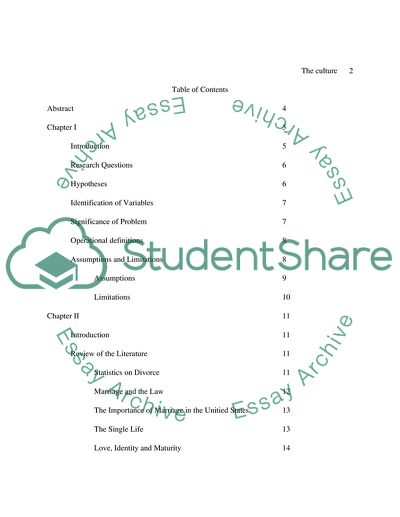Cite this document
(Divorce Rate in a Black Community and White Community Research Paper, n.d.)
Divorce Rate in a Black Community and White Community Research Paper. Retrieved from https://studentshare.org/sociology/1735140-is-divorce-rate-more-elevated-in-a-black-community-vs-white-community
Divorce Rate in a Black Community and White Community Research Paper. Retrieved from https://studentshare.org/sociology/1735140-is-divorce-rate-more-elevated-in-a-black-community-vs-white-community
(Divorce Rate in a Black Community and White Community Research Paper)
Divorce Rate in a Black Community and White Community Research Paper. https://studentshare.org/sociology/1735140-is-divorce-rate-more-elevated-in-a-black-community-vs-white-community.
Divorce Rate in a Black Community and White Community Research Paper. https://studentshare.org/sociology/1735140-is-divorce-rate-more-elevated-in-a-black-community-vs-white-community.
“Divorce Rate in a Black Community and White Community Research Paper”, n.d. https://studentshare.org/sociology/1735140-is-divorce-rate-more-elevated-in-a-black-community-vs-white-community.


